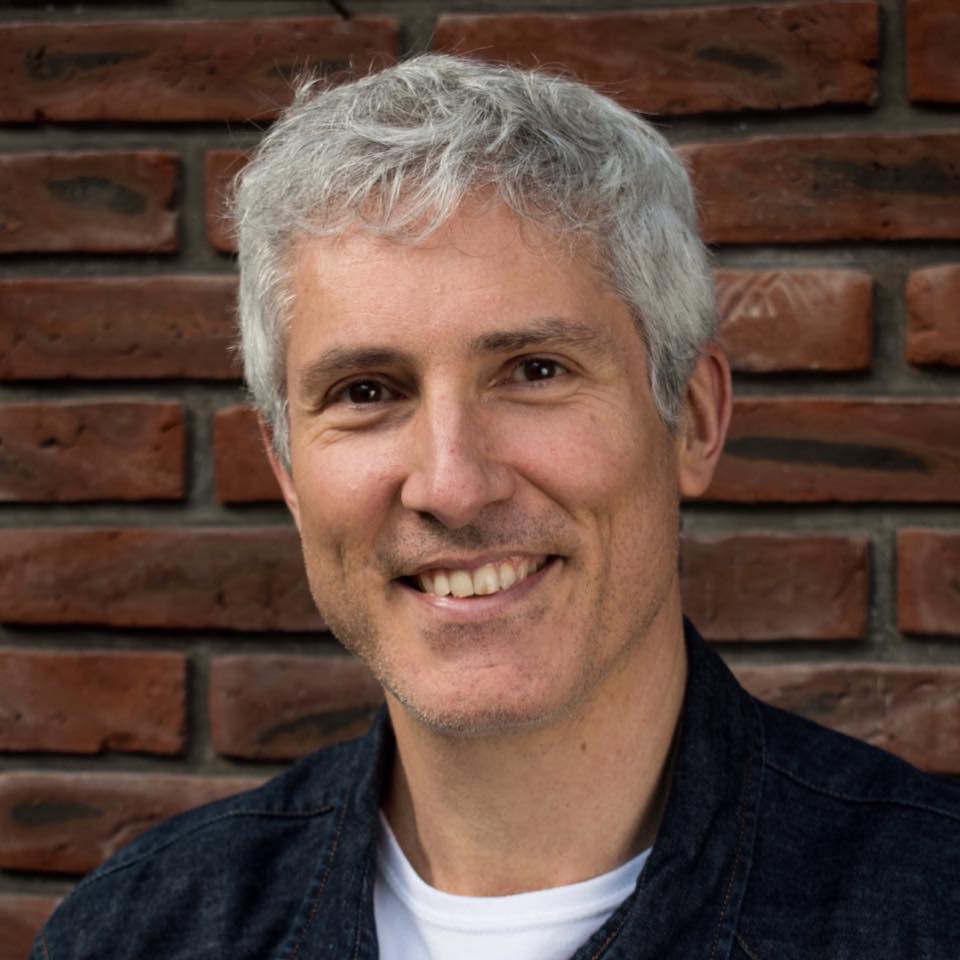Link para o Zoom às 14h30: https://bit.ly/3mNR9mZ
La matemática de la Inteligencia Artificial en Bioingeniería: mitos y realidades
Sin duda la Inteligencia Artificial (IA) adquiere cada vez más fuerza en el procesamiento de los datos de todo tipo para extraer conocimiento a partir de ellos. Pero ¿a qué nos referimos cuando decimos “Inteligencia Artificial”? ¿Las soluciones que sugiere la IA están al alcance de cualquiera? ¿Cuándo decimos que un sistema es “inteligente”? ¿Cuán “inteligentes” son los sistemas basados en IA?
¿Cuál es el rol de la matemática en la IA? ¿Se puede trabajar con métodos de IA sin matemática? ¿Dónde se aplica la IA? ¿Qué esperamos de la IA en el futuro cercano? ¿Cómo se evalúa si un sistema “inteligente” es capaz de generalizar lo aprendido? ¿Puede la IA generar información biomédica falsa? El avance es tan vertiginoso, que nos demanda estar pendientes todo el tiempo de las nuevas ideas y enfoques, lo que requiere un profundo conocimiento matemático para comprenderlos y, además, nos demanda disponer del hardware necesario, lo que se convierte en una limitación en muchos casos. En esta charla se plantean estos interrogantes y desafíos, teniendo como punto de partida algunas aplicaciones concretas de métodos de IA en el marco de un laboratorio de bioingeniería dedicado al procesamiento de señales, imágenes y datos biomédicos en general.
Sin duda la Inteligencia Artificial (IA) adquiere cada vez más fuerza en el procesamiento de los datos de todo tipo para extraer conocimiento a partir de ellos. Pero ¿a qué nos referimos cuando decimos “Inteligencia Artificial”? ¿Las soluciones que sugiere la IA están al alcance de cualquiera? ¿Cuándo decimos que un sistema es “inteligente”? ¿Cuán “inteligentes” son los sistemas basados en IA?
¿Cuál es el rol de la matemática en la IA? ¿Se puede trabajar con métodos de IA sin matemática? ¿Dónde se aplica la IA? ¿Qué esperamos de la IA en el futuro cercano? ¿Cómo se evalúa si un sistema “inteligente” es capaz de generalizar lo aprendido? ¿Puede la IA generar información biomédica falsa? El avance es tan vertiginoso, que nos demanda estar pendientes todo el tiempo de las nuevas ideas y enfoques, lo que requiere un profundo conocimiento matemático para comprenderlos y, además, nos demanda disponer del hardware necesario, lo que se convierte en una limitación en muchos casos. En esta charla se plantean estos interrogantes y desafíos, teniendo como punto de partida algunas aplicaciones concretas de métodos de IA en el marco de un laboratorio de bioingeniería dedicado al procesamiento de señales, imágenes y datos biomédicos en general.
The mathematics of Artificial Intelligence in Bioengineering: myths and reality
Undoubtedly, Artificial Intelligence (AI) takes on more and more strength in the processing of data to get knowledge from them. But what do we mean when we say “Artificial Intelligence”? Are the solutions suggested by AI available to anyone? When do we say that a system is “smart”? How “smart” are AI-based systems?
What is the role of mathematics in AI? Can we work with AI methods without math?
What is AI used for? What do we expect from AI in the near future? How do we assess whether an “intelligent” system is capable of generalizing what it has been learned? Can AI generate fake biomedical Information?
Progress is so overwhelming that it requires us to be aware of new ideas and approaches all the time, which requires a deep mathematical knowledge to understand them and, in addition, it requires us to have the necessary hardware, which becomes a limitation in many cases. In this talk, these questions and challenges are addressed, taking as a starting point some specific applications of AI methods in the framework of a bioengineering laboratory dedicated to signal processing, images, and biomedical data in general.
What is the role of mathematics in AI? Can we work with AI methods without math?
What is AI used for? What do we expect from AI in the near future? How do we assess whether an “intelligent” system is capable of generalizing what it has been learned? Can AI generate fake biomedical Information?
Progress is so overwhelming that it requires us to be aware of new ideas and approaches all the time, which requires a deep mathematical knowledge to understand them and, in addition, it requires us to have the necessary hardware, which becomes a limitation in many cases. In this talk, these questions and challenges are addressed, taking as a starting point some specific applications of AI methods in the framework of a bioengineering laboratory dedicated to signal processing, images, and biomedical data in general.
Gustavo Javier Meschino
Gustavo Javier Meschino. Electronic Engineer (1997). Doctor in Engineering, Electronic Orientation (2008). Titles awarded by the National University of Mar del Plata. Associate Professor with Exclusive dedication. Researcher Category II of the Secretariat of University Policies granted since 2014 (there are V categories, I is the highest). Director of the Bioengineering Laboratory of the Institute for Scientific and Technological Research in Electronics (ICYTE – Universidad Nacional de Mar del Plata – CONICET). Director of the Doctorate in Engineering, Electronic Orientation. Member of the Steering Committee of the Argentine Society of Bioengineering (SABI). Undergraduate and graduate teacher in Electronic Engineering and Artificial Intelligence. He has directed degree projects in these areas, as well as doctoral student and postdoctoral researchers. His research areas include Artificial Intelligence techniques (Machine Learning, Computational Intelligence) applied to biomedical images and signal processing, in conjunction with coordination of projects for design of biomedical signal acquisition and processing devices. He has applied his work on Pulse signals, Lung Ultrasonography, Anesthesiology, Image-based diagnosis, Neurosciences, among others.
